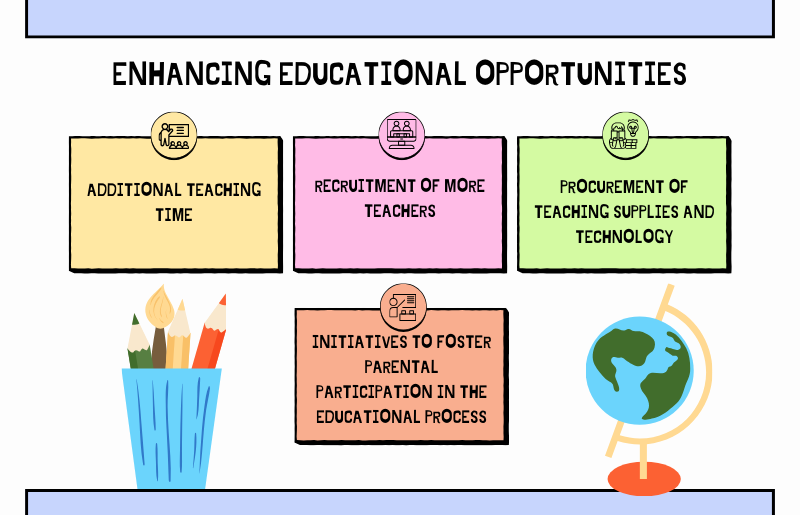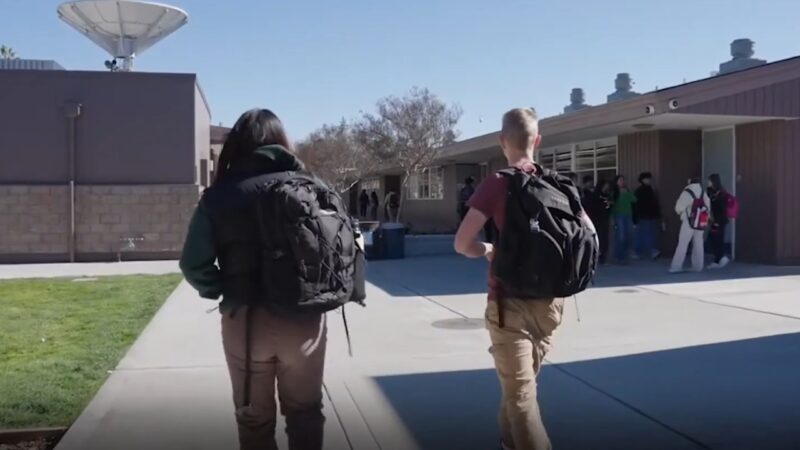Established under President Lyndon B. Johnson’s War on Poverty initiative in 1965,
Title I has grown to become the foremost federal funding program for educational institutions, aiming to bridge the gap in academic achievement and provide equal learning opportunities.
Historical Context and Purpose
It was part of the War on Poverty and aimed to make sure all kids, no matter how much money their families have, get the same chances to learn.
The Essence of Title 1 – Funding Over Demographics
Title I focuses on providing funds to schools, which is key to understanding its purpose.
It’s not about the specific students but about the financial support these schools receive.
Schools under Title I get additional federal funding to help ensure that students from lower-income families have the same quality education as everyone else.
Qualification Criteria for Schools
A school qualifies for Title I when 40% or more of its students can get free or cheaper lunches.
This rule makes sure that schools with lots of low-income students get the extra help they need.
The Allocation and Use of Funds

Funds are allocated based on the number of eligible students and the state’s cost per student.
In 2020, a staggering $190 billion in grants were distributed, benefiting more than half of the schoolchildren in America.
Enhancing Educational Opportunities

The funds are intended to supplement, not replace, the standard educational provisions.
- Additional teaching time
- Recruitment of more teachers
- Procurement of teaching supplies and technology
- Initiatives to foster parental participation in the educational process
Impact on Teaching and Learning
School educators often face unique challenges due to the higher percentage of low-income students. However, teaching in these environments also offers an opportunity to make a significant impact on the lives of these students.
Incentives for Educators
A notable benefit for teachers in Title I schools is eligibility for the Federal Teacher Loan Forgiveness program, available to those who teach for at least 10 years in these settings.
This program acknowledges and rewards the dedication and commitment of educators in these challenging environments.
Parental Involvement in Title 1 Schools

The Title I legislation actively promotes increased parental involvement.
Schools receiving funds are mandated to develop agreements or compacts between parents and the school, fostering a collaborative environment conducive to student success.
Broader Implications
Title I’s impact goes further than just schools and classes. It’s changed how education policies are made, both by the U.S. government and in states.
By helping schools where many students come from families with low incomes, Title I has highlighted the big differences in what resources and results schools get, depending on the wealth of their communities.
Measuring the Success
The way we see if Title I works well isn’t just through students’ grades. It’s about more than that.
It also includes how much parents get involved in school, if more kids are regularly going to class, and if schools have better stuff for learning.
Frequently Asked Questions (FAQs)
How do Title I funds specifically target academic improvement?
Title I funds are used to implement evidence-based educational strategies that directly contribute to academic improvement, such as small group tutoring, literacy programs, and enhanced curriculum offerings.
Can Title I funds be used for school-wide programs?
Yes, in schools where over 40% of students qualify for free or reduced lunch, Title I funds can be used for school-wide programs that benefit all students, not just those who are economically disadvantaged.
Are there specific requirements for teachers?
Title I schools are encouraged to hire highly qualified teachers, particularly in core academic subjects, to ensure that students receive the best possible instruction.
Can these funds be used for pre-kindergarten programs?
Yes, Title I funds can be used for pre-kindergarten programs in schools that meet the eligibility criteria, supporting early childhood education as a foundation for later academic success.
Related Posts:
- The Transformative Impact of Speech-Language Therapy…
- 5 Worst School Districts in California 2024:…
- Tech Insiders Propose AI Education in Schools for…
- Top 10 Online Resources for Continuing Teacher Education
- Essential Back to School Checklist for Teachers -…
- 5 Non Fiction Articles to Pair with Classic High…







